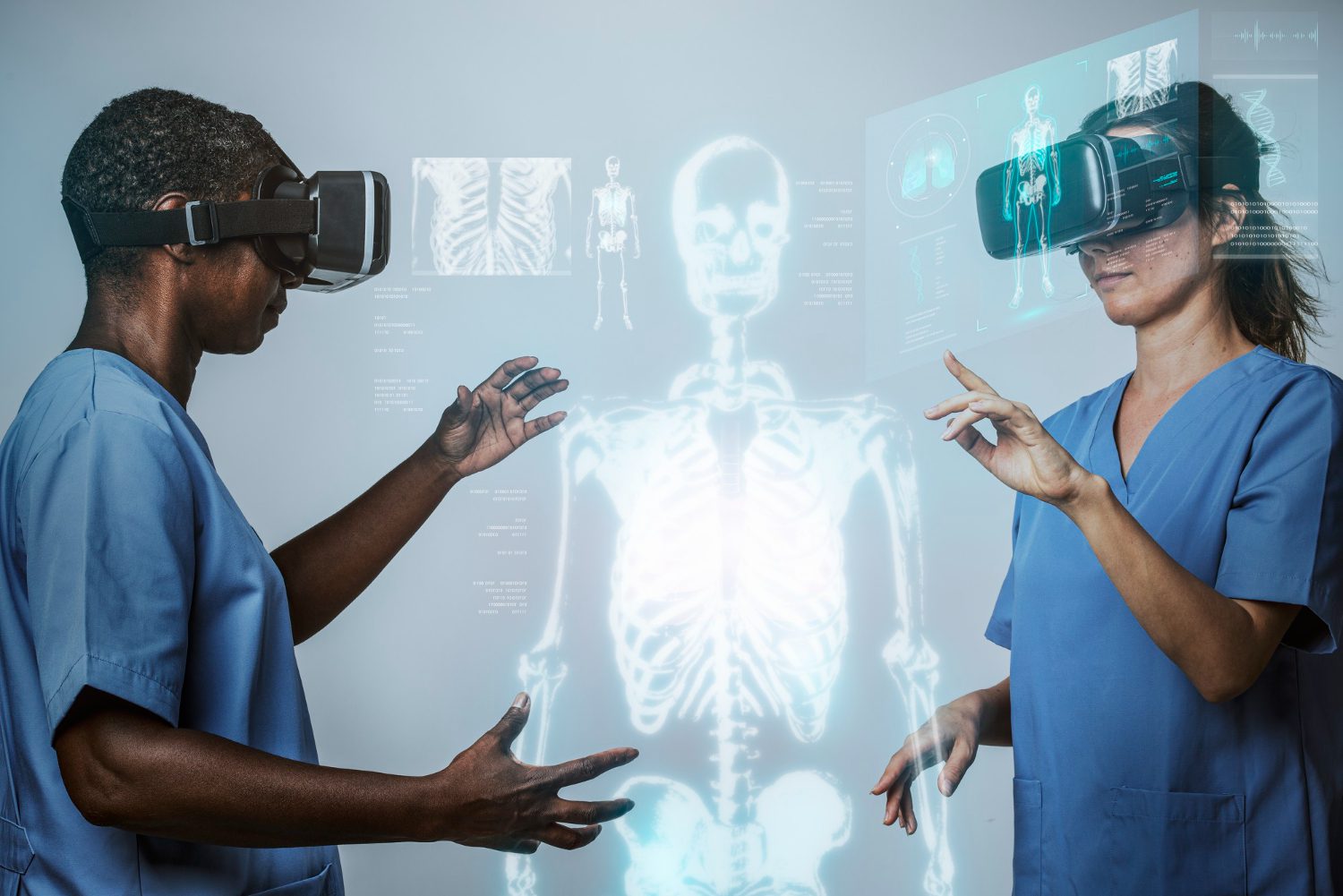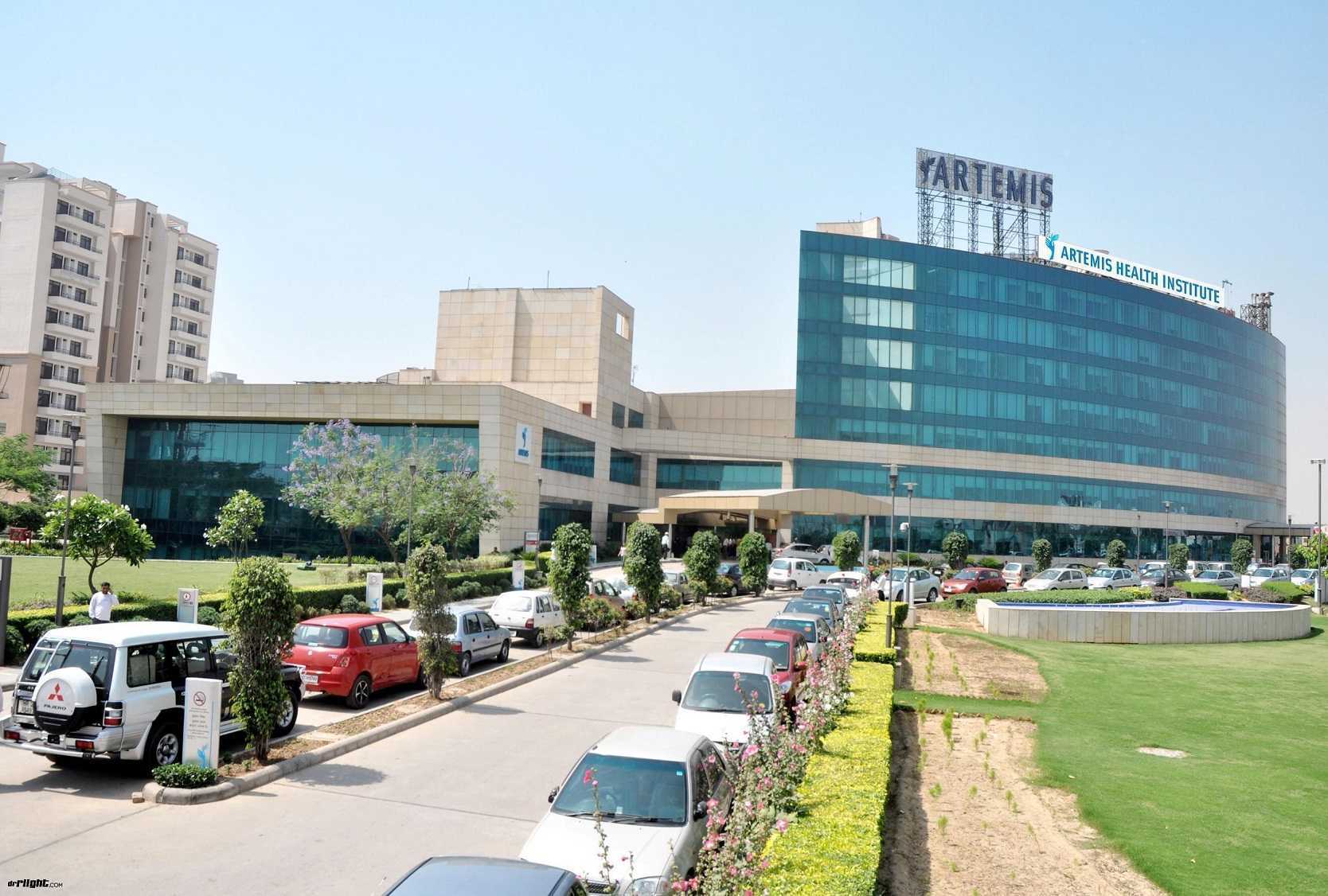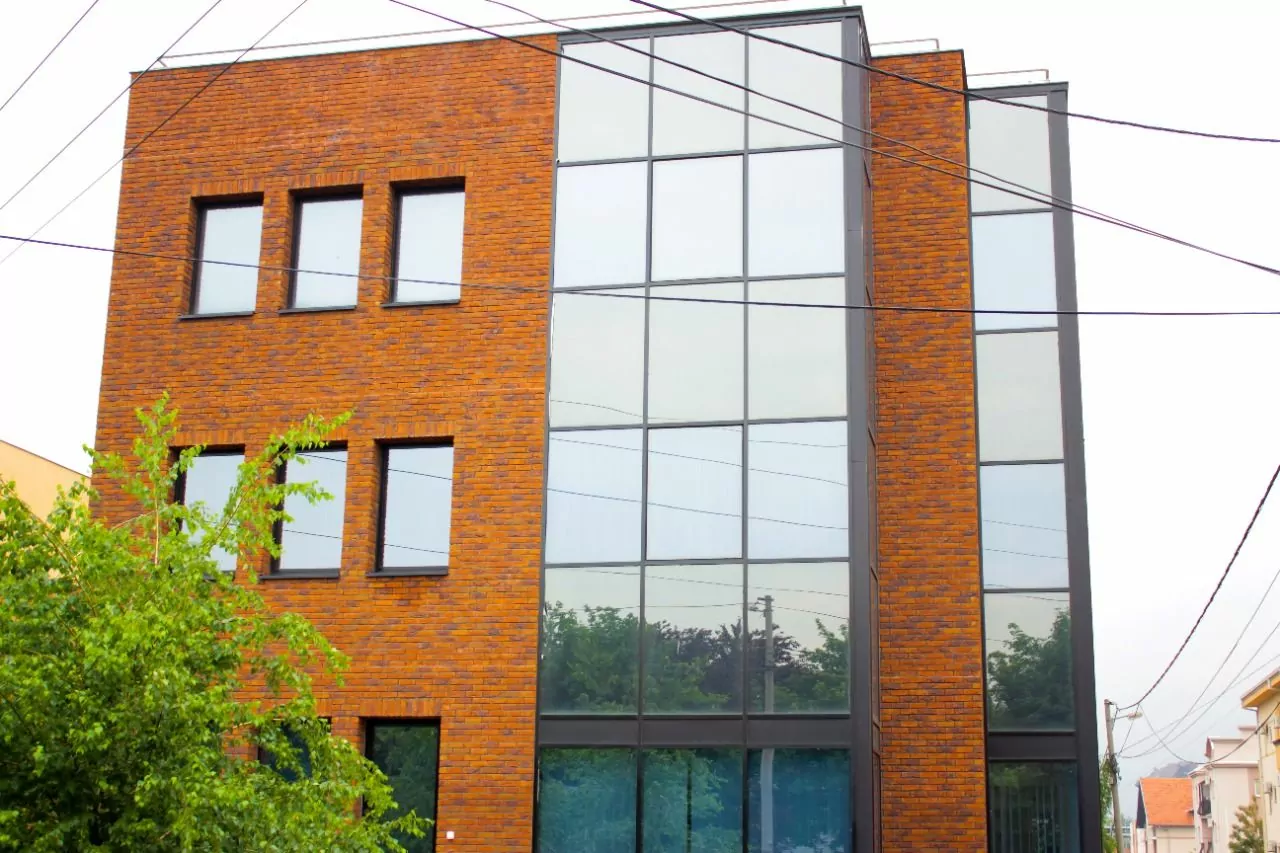Medical breakthroughs play a crucial role in modernizing healthcare and enhancing the quality of life for individuals around the world. Each year, numerous significant discoveries and innovations are made in the field of medicine, bringing hope and transforming the way we approach healthcare. As we dive into the year 2023, it is important to highlight the top 7 medical breakthroughs 2023 that have emerged and are poised to shape the future of medicine. These breakthroughs are game-changers, revolutionizing therapy options, improving patient care, and paving the way for a healthier world.
mRNA technology
The year 2023 has witnessed remarkable developments in the medical field, and one breakthrough that has revolutionized the way we approach healthcare is mRNA technology. This groundbreaking approach has paved the way for significant progress in disease prevention and treatment.
mRNA Vaccines
One of the most notable applications of mRNA technology is in the creation of vaccines. Traditional vaccines often involve weakened or inactive forms of a virus or bacterium to stimulate the immune response. However, mRNA vaccines take a different approach. They use a small piece of genetic information from the virus or pathogen to instruct our cells to produce a harmless protein that resembles a part of the virus. This protein triggers an immune response, equipping our bodies to recognize and fight off the actual infection.
mRNA Therapies
In 2023, mRNA therapies showcased significant progress in treating various health conditions. This technology has the potential to revolutionize the therapy landscape for diseases like cancer, genetic disorders, and autoimmune conditions. By providing precise instructions to cells, mRNA therapies can target specific disease-causing molecules and trigger the production of therapeutic proteins. The promise of personalized medicine through mRNA therapy brings hope for tailored treatment options that were previously unimaginable.
Virtual Reality in Medicine
While mRNA technology has taken the spotlight, another technology that made substantial strides in 2023 is virtual reality (VR). In medicine, VR has emerged as a powerful tool for revolutionizing medical education and enhancing patient care.
In medical education, VR provides a simulated environment where students can learn and practice various procedures, surgeries, and medical scenarios. This immersive training allows students to gain practical experience, refine their skills, and enhance their confidence before performing procedures on real patients. Virtual reality also offers a valuable platform for ongoing medical education, enabling medical professionals to stay updated with the latest technologies and techniques.
Moreover, VR has also proven to be effective in improving patient care. It can help in managing pain, anxiety, and stress by providing immersive environments or experiences that distract patients from their physical discomfort. It has shown promise in areas such as pain management, mental health therapy, physical rehabilitation, and even helping patients cope with chronic conditions.
Neurotechnology
One of the most exciting areas of Medtech innovation in recent years has been in the field of neurotechnology. Scientists and researchers have made tremendous strides in understanding the complex workings of the human brain and developing technologies that interface directly with it. With the advent of brain-computer interfaces (BCIs), individuals with paralysis can now control robotic limbs and communicate through the power of thought. These BCIs allow for a direct connection between the brain and external devices, offering a new level of independence for those previously reliant on caretakers for even the simplest tasks.
Furthermore, neuroprosthetics have made remarkable advancements, enabling individuals with limb loss to regain not just movement, but also the sense of touch. By implanting electrodes directly into the peripheral nerves, neuroprosthetics can now provide users with realistic and intuitive sensations, allowing them to hold objects, feel textures and even experience temperature variations.
The impact of these neurotechnology breakthroughs cannot be overstated. They offer a renewed sense of hope for patients with spinal cord injuries, enabling them to regain mobility and independence. The application of BCIs and neuroprosthetics goes beyond physical rehabilitation; they also hold promise for individuals with neurological disorders such as epilepsy, Alzheimer’s, and Parkinson’s disease. By directly interacting with the brain, these technologies allow for more targeted and effective treatments, potentially enhancing the quality of life for countless patients.
3D Printing
Another area of medical innovation that has gained significant traction is 3D printing. While 3D printing has been utilized across various industries, its application within the Medtech field is particularly promising. 3D printing allows for the creation of complex and customized objects, making it an invaluable tool for producing patient-specific medical tools, implants, and even organs and tissues.
The ability to 3D print organs holds immense potential in addressing the global organ shortage crisis. By utilizing a patient’s own cells, scientists can create functional organs that are biocompatible and do not require immunosuppression. Imagine a world where individuals in need of a kidney transplant can simply have a new kidney 3D printed, eliminating the need for long waiting lists and the risk of organ rejection.
CRISPR: revolutionizing genetic editing
At the forefront of medical breakthroughs 2023 is CRISPR, a revolutionary approach that has transformed the landscape of genetic editing. CRISPR, short for Clustered Regularly Interspaced Short Palindromic Repeats, is a powerful gene-editing tool that enables scientists to make precise changes to an organism’s DNA. This development is able to cure genetic diseases, modify crops for increased yield and resistance, and even eradicate vectors of diseases such as mosquitos.
The CRISPR system consists of two key components: the Cas9 enzyme, which acts as a pair of molecular “scissors,” and a guide RNA molecule that directs Cas9 to the specific DNA sequence to be edited. Once targeted, Cas9 cuts the DNA at the desired location, allowing scientists to insert, remove, or modify genes with remarkable accuracy. This level of precision is what sets CRISPR apart from previous genetic editing tools.
Since its discovery, CRISPR has already shown excellent results in various fields of medicine. In the realm of genetic diseases, it has the potential to correct genetic mutations responsible for disorders such as cystic fibrosis, sickle cell anemia, and Huntington’s disease. In fact, in 2020, the first-ever clinical trial using CRISPR in humans was conducted to treat a genetic form of blindness, demonstrating its potential for real-world applications.
Telemedicine
Telemedicine, another breakthrough advancement in the medical field, is revolutionizing the way medical aid is delivered. With telemedicine, patients can now access healthcare remotely, bridging geographical gaps, enhancing access to specialists, and reducing the need for in-person visits. This technology has become increasingly essential, especially during times of crises such as the COVID-19 pandemic, where physical contact and travel have posed significant challenges.
Real-world examples have illustrated the success of telemedicine implementation. In rural areas of countries like Australia and Canada, telemedicine has been instrumental in providing medical services to remote communities. Additionally, during the COVID-19 pandemic, healthcare systems around the world rapidly adopted telemedicine to ensure continuous care for patients while minimizing the risk of transmission.
AI
Artificial intelligence, often abbreviated as AI, refers to the simulation of human intelligence in machines designed to think and learn like humans. It involves the development of computer systems that can perform tasks that normally require human intelligence, such as visual perception, speech recognition, decision-making, and problem-solving. In the medical field, AI algorithms and models are employed to analyze complex data and generate insights that aid in clinical decision-making.
The applications of AI in medicine are vast and diverse. One prominent example is the use of AI in radiology. AI algorithms can analyze medical images, such as X-rays, CT scans, and MRIs, to detect abnormalities, assist in early diagnosis, and improve the accuracy of radiologists’ interpretations. AI-based image recognition systems have demonstrated impressive results in detecting diseases like cancer, brain aneurysms, and lung diseases with great precision and efficiency.
Another use case of AI in medicine is in drug discovery and development. AI algorithms can analyze large volumes of biomedical data to identify potential drug candidates and predict their efficacy and safety profiles. By utilizing AI in this process, researchers can accelerate the drug discovery process, reducing both time and costs involved in bringing new medications to market.
Conclusion
The year 2023 has been witness to remarkable developments in Medtech breakthroughs. As we move forward into the future, the continued exploration and integration of new technologies are expected to further shape the medical landscape, offering new possibilities for disease prevention, cure, and patient care. The medical breakthroughs of 2023 are just the beginning, and we eagerly anticipate the advancements yet to come.











